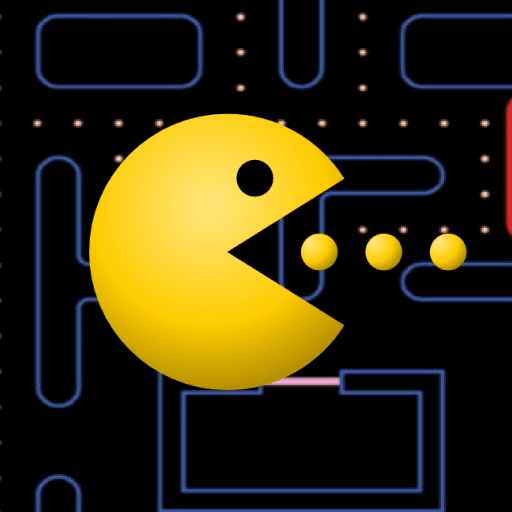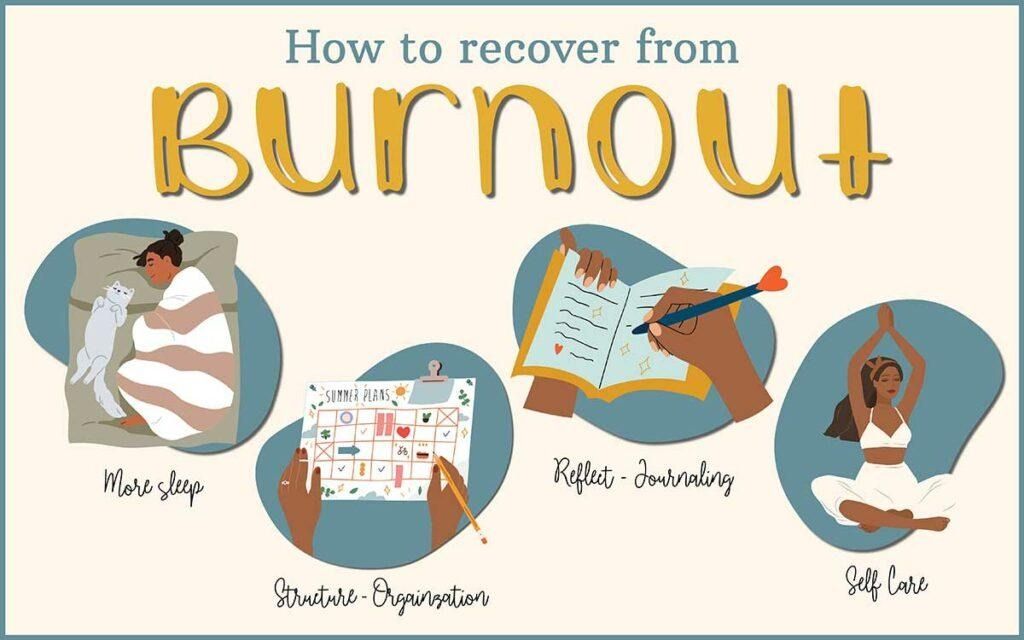

Living with ADHD can be challenging, especially when facing burnout. Let’s learn more about this topic below with Pacman as we explore effective strategies for recovery and personal growth. Understanding the unique struggles of ADHD and implementing tailored solutions can make a significant difference in managing symptoms and improving overall well-being.
ADHD burnout is a state of physical, emotional, and mental exhaustion that can occur in individuals with Attention Deficit Hyperactivity Disorder. It often results from prolonged periods of stress, overexertion, and the constant effort required to manage ADHD symptoms. The experience of burnout can be particularly challenging for those with ADHD, as it exacerbates existing difficulties with focus, organization, and emotional regulation.
Recognizing the signs of ADHD burnout is crucial for initiating the recovery process. Common symptoms include increased fatigue, difficulty concentrating, heightened irritability, and a sense of overwhelming frustration. Many individuals report feeling stuck in a cycle of procrastination and guilt, unable to break free from the paralysis that burnout induces. It’s important to note that ADHD burnout can manifest differently for each person, and its effects can ripple through various aspects of life, including work, relationships, and personal well-being.
The path to recovery from ADHD burnout involves a multifaceted approach that addresses both the immediate symptoms and the underlying factors contributing to the burnout. This process requires patience, self-compassion, and a willingness to implement new strategies and habits. By understanding the unique challenges posed by ADHD and tailoring recovery techniques to individual needs, it’s possible to not only overcome burnout but also to develop resilience against future episodes.
Recovering from ADHD burnout requires a comprehensive approach that addresses various aspects of life. One effective strategy is to establish a structured routine that provides a sense of stability and predictability. This can help reduce the mental load associated with decision-making and task initiation, which are often challenging for individuals with ADHD. Creating a daily schedule that includes dedicated time for work, rest, and self-care can provide a framework for managing energy levels and maintaining focus.
Another crucial aspect of recovery is learning to set realistic expectations and boundaries. Many individuals with ADHD struggle with perfectionism and overcommitment, which can contribute to burnout. By practicing self-awareness and learning to say no to non-essential tasks, it’s possible to create space for recovery and personal growth. This may involve reassessing priorities, delegating responsibilities when possible, and communicating needs clearly to others.
Incorporating regular physical exercise into one’s routine can also play a significant role in ADHD burnout recovery. Exercise has been shown to improve mood, increase focus, and reduce stress levels. Activities like jogging, swimming, or even a brisk walk can help release endorphins and provide a natural boost to energy and motivation. The key is to find enjoyable forms of exercise that can be sustainably incorporated into daily life.
Mindfulness and meditation practices can be particularly beneficial for individuals with ADHD experiencing burnout. These techniques can help improve attention regulation, reduce anxiety, and promote a sense of calm. Starting with short, guided meditations and gradually increasing duration can make the practice more accessible and less overwhelming. Apps like Pacman-inspired mindfulness games can make the process more engaging and enjoyable for those who struggle with traditional meditation methods.
Proper nutrition and sleep habits play a crucial role in ADHD burnout recovery. A balanced diet rich in omega-3 fatty acids, protein, and complex carbohydrates can support brain function and help stabilize mood and energy levels. Avoiding excessive caffeine and sugar intake can prevent energy crashes and improve overall well-being. Establishing a consistent sleep schedule and creating a relaxing bedtime routine can significantly improve sleep quality, which is essential for cognitive function and emotional regulation.
Incorporating brain-boosting foods into one’s diet can be an enjoyable way to support recovery. Foods rich in antioxidants, such as berries and dark leafy greens, can help protect brain cells from oxidative stress. Omega-3 fatty acids found in fish, walnuts, and flaxseeds have been shown to improve focus and reduce inflammation. Some individuals find that adopting a diet inspired by the Pacman game, focusing on colorful, nutrient-dense foods, can make healthy eating more engaging and sustainable.
Effective time management and organization are essential skills for individuals with ADHD, especially when recovering from burnout. Implementing strategies such as the Pomodoro Technique, which involves working in focused 25-minute intervals followed by short breaks, can help maintain concentration and prevent overwhelm. Using visual aids like color-coded calendars or task boards can make it easier to prioritize and track progress on various projects.
Digital tools and apps can be valuable allies in managing time and tasks. Many individuals find success with apps that gamify productivity, turning task completion into a rewarding experience. For example, a Pacman-themed task manager could make organizing and tackling to-do lists more enjoyable. The key is to experiment with different tools and techniques to find what works best for individual needs and preferences.
Recovering from ADHD burnout is not a solitary journey. Building a strong support system can provide emotional validation, practical assistance, and accountability. This support system may include family members, friends, mental health professionals, and ADHD coaches. Sharing experiences and challenges with others who understand ADHD can be incredibly validating and can offer new perspectives on managing symptoms and overcoming obstacles.
Joining support groups or online communities dedicated to ADHD can be an excellent way to connect with others facing similar challenges. These groups can provide a safe space to share strategies, celebrate successes, and find encouragement during difficult times. Some individuals find that participating in group activities or challenges, such as Pacman-inspired productivity games, can make the recovery process more engaging and socially rewarding.
Working with a therapist or ADHD coach can provide personalized guidance and support throughout the recovery process. These professionals can help develop coping strategies, address underlying issues contributing to burnout, and provide accountability for implementing new habits. Cognitive-behavioral therapy (CBT) has been shown to be particularly effective for individuals with ADHD, helping to reframe negative thought patterns and develop more adaptive behaviors.
One of the most crucial aspects of ADHD burnout recovery is cultivating self-compassion and resilience. Many individuals with ADHD struggle with feelings of inadequacy and self-criticism, which can be exacerbated during periods of burnout. Learning to practice self-compassion involves treating oneself with the same kindness and understanding that one would offer to a friend facing similar challenges. This can involve reframing self-talk, acknowledging efforts and progress, and recognizing that setbacks are a normal part of the recovery process.
Building resilience is essential for long-term management of ADHD and prevention of future burnout episodes. This involves developing a growth mindset that views challenges as opportunities for learning and improvement rather than insurmountable obstacles. Celebrating small victories and progress, no matter how incremental, can help build confidence and motivation. Some individuals find it helpful to keep a journal or use a visual tracker to document their progress and reflect on their growth over time.
Incorporating activities that bring joy and relaxation into daily life is crucial for building resilience. This might involve engaging in creative hobbies, spending time in nature, or practicing mindfulness. For those who enjoy gaming, incorporating elements of favorite games like Pacman into relaxation techniques can make the process more enjoyable. For example, visualizing negative thoughts as ghosts being chased away by positive affirmations can be a playful way to practice mindfulness and self-compassion.
An important aspect of recovery and personal growth for individuals with ADHD is learning to embrace imperfection and cultivate flexibility. The tendency towards perfectionism can be a significant source of stress and burnout for many with ADHD. Recognizing that perfection is neither attainable nor necessary can be liberating and can help reduce self-imposed pressure. Practicing the art of “good enough” can lead to increased productivity and reduced stress levels.
Developing flexibility in thinking and problem-solving can also contribute to resilience and recovery. This might involve challenging rigid thought patterns, exploring alternative solutions to problems, and being open to adapting strategies as needed. Embracing a more flexible approach to life can help individuals with ADHD